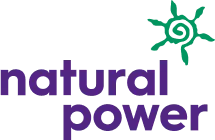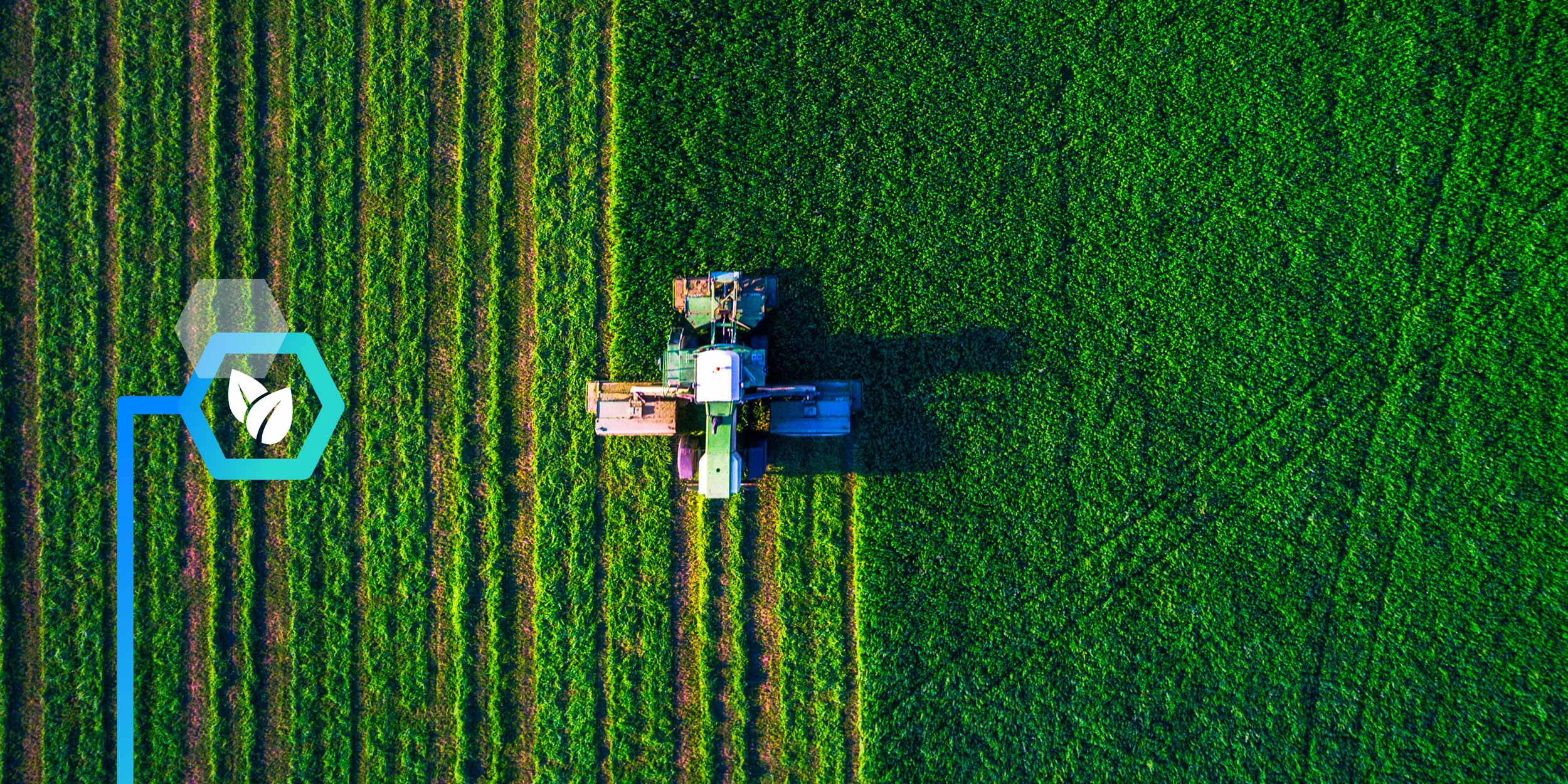eDNA & biodiversity monitoring solutions
Transform how you measure and report on nature with scalable nature intelligence & biodiversity metrics powered by eDNA


.svg)







.svg)









.svg)







.svg)








Our Services
Nature Advisory
Assess, plan and optimize your nature strategy, aligned to the latest frameworks and Science-based targets.

Biodiversity Monitoring
The gold standard for biodiversity monitoring. eDNA provides unprecedented levels of site-level detail, never before achievable through conventional methods.

Nature
Intelligence
Access a suite of biodiversity metrics and indicators, enabling better decision making and high impact reporting.
%201.webp)
Survey Design
Get the most our of your investment with bespoke sampling plans tailored to project needs. Delivered by the world’s leading eDNA practitioners.
_41259070.webp)
Biodiversity Metrics
Access an automated pipeline of science-based insights to inform decision making and improve communications.

Great Crested Newts
Detect Great Crested Newts more reliably, efficiently, and cost-effectively with eDNA from NatureMetrics, the world leader in biodiversity monitoring through DNA.

The only end-to-end solution for biodiversity reporting
Empower the best decisions for nature with the world’s first subscription service for biodiversity monitoring and nature impact reporting, powered by eDNA.
Understand and reduce nature-related risks
NatureMetrics’ solution enables businesses to gain a comprehensive assessment of nature-related risks and opportunities across its portfolio.
NatureMetrics enables businesses to set meaningful goals aligned to science-based targets, build a roadmap for implementation, and mainstream nature in their organization.

Set science-based goals aligned to industry best practice and global standards
NatureMetrics enables businesses to set meaningful goals aligned to science-based targets, build a roadmap for implementation, and mainstream nature in their organization.
NatureMetrics works closely with businesses to understand their portfolio and wider supply chain to deliver a comprehensive nature strategy.

Track and evidence nature impact
NatureMetrics delivers a powerful nature impact monitoring solution, enabling businesses to understand, track and report on biodiversity health at scale and drive impact on the ground.
These insights are delivered through NatureMetrics' Intelligence Platform, which provides powerful species, habitat and portfolio-level metrics and indicators of biodiversity health.

Get ahead of regulatory change
NatureMetrics provides a comprehensive nature reporting solution through its Nature Intelligence Platform.
NatureMetrics converts complex site-based nature data into simple reporting metrics and indicators of biodiversity health delivered through its Platform.

Future-proof nature impact reporting
NatureMetrics provides an end-to-end nature reporting service, future-proofing businesses for upcoming disclosure requirements.
NatureMetrics solution is underpinned by high integrity, ground-truthed data, fully accessible and auditable through our platform.

Equip your organisation for the future
Don’t get caught out by upcoming legislation. Soon, large organisations will need to disclose their nature-related risks and impact. Prepare for incoming reporting requirements and avoid business disruption, including CSRD, SBTN, GBF and TNFD.

Future-proof your nature strategy
Reduce nature-related risks
Missed species can cost tens of millions in fines, lost revenue and project overruns. Our technology finds hard-to-detect species earlier with greater speed and accuracy.
Reduce your risk profile, protect the bottom line, and avoid reputational damage.

.webp)
Future-proof nature impact monitoring
Choosing the right systems and taking the right baselines today will have major benefits on your ability to evidence progress and meet new reporting obligations.
Future-proof your nature strategy and operations with high-integrity biodiversity data and an adaptable, enterprise-grade technology solution from the world's largest eDNA supplier.
Improve boardroom, investor & stakeholder comms
Simple metrics and indicators presented in impactful visuals make it easier to win board-room buy-in, inform decision making, and communicate progress towards nature progress to a range of stakeholders.

Scalable ground-truthed data, powered by eDNA
eDNA compliments and outperforms traditional biodiversity monitoring.
What is eDNA
All living things leave traces of their DNA in the environment (eDNA). We use this to identify individual species from small samples of soil, sediment, water and air.
eDNA provides an unrivalled picture of a site’s biodiversity. It provides the most comprehensive view available of the full spectrum of life, no matter how hard-to-detect.
Benefits of eDNA
eDNA has transformed biodiversity monitoring. The most accurate and scalable solution for site-level biodiversity insights.

Find hard to detect species
Discover rare, elusive and cryptic species - even if you can’t see them.

Collect more data with fewer samples
Identify hundreds of species from a simple sample. (And take a sample in just 10 minutes).

Increase accuracy and consistency
Overcome errors associated with visual identification and generate repeatable results.

Improve health and safety
Reduce health and safety concerns by minimising the time staff spend in the field.
News and articles
Discover the latest news and insights on how nature intelligence is transforming our understanding of nature.
Join more than
500 companies
in 104 countries
Stay in the know with the latest nature-related news
Join 9,000 subscribers for monthly round-ups and analysis of nature-related news and insights from NatureMetrics
Simplify your nature impact reporting










-2.png)
%20(250%20x%20250%20px)-2.png)
.jpg)